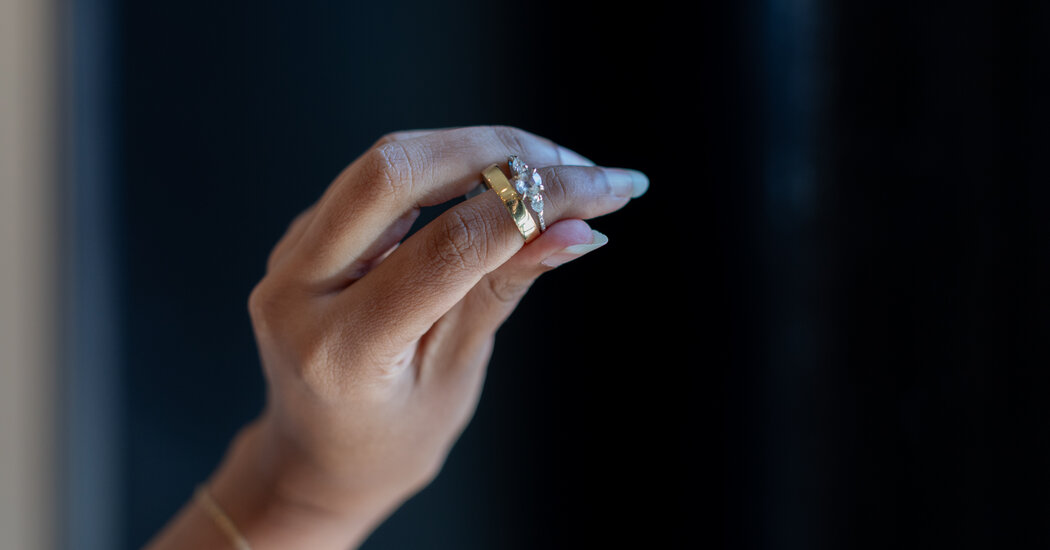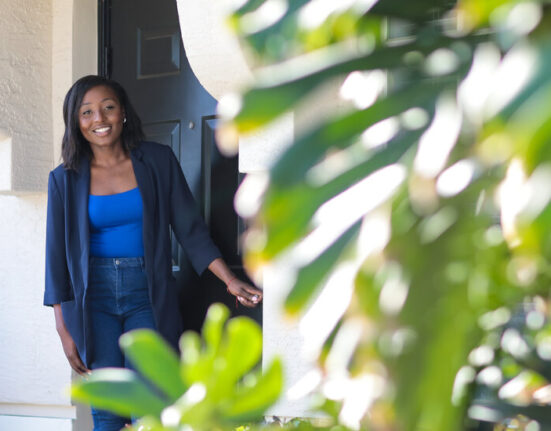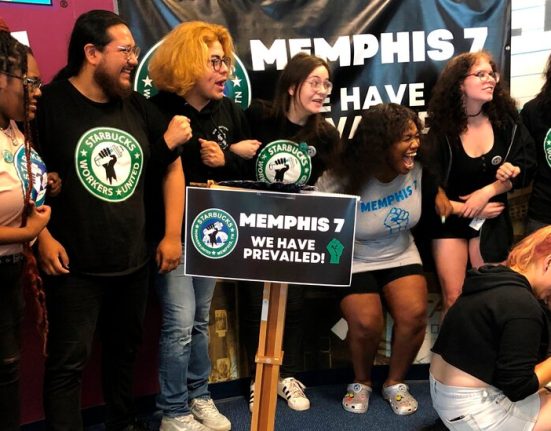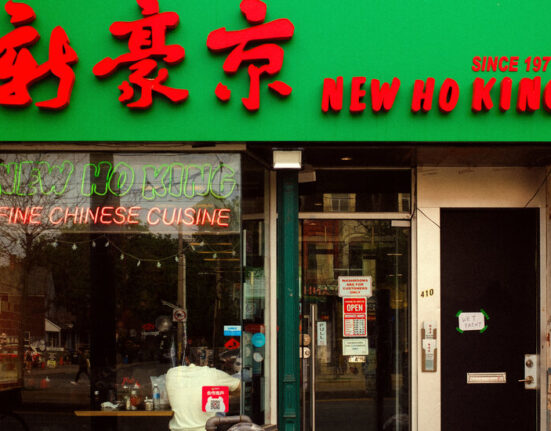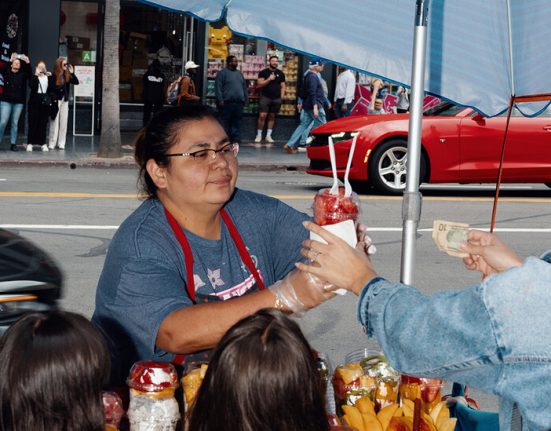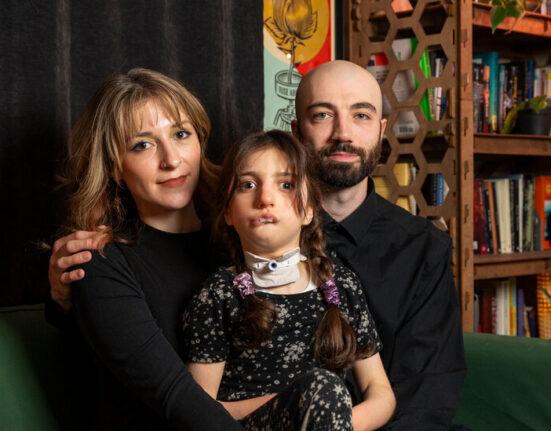On an afternoon this spring, Rony Elka Vardi and Leigh Batnick Plessner stood outside the Bedford Avenue storefront in Williamsburg, Brooklyn, that for years was a location of their jewelry boutique, Catbird. The cramped space, now a cafe serving coffee and Argentine pastries, has little more than 200 square feet.
“It’s even tiny for a coffee shop,” Ms. Vardi, 54, said.
Catbird opened at that location in 2006, about two years after Ms. Vardi started the company. But over the course of a decade, it outgrew the tiny shop. In 2022, Ms. Vardi and Ms. Batnick Plessner started selling Catbird’s selection of itty-bitty, layerable jewelry at a nearby space in Williamsburg about 10 times the size. By then they had also opened a store in downtown Manhattan; last year, they opened a second, in Rockefeller Center.
Soon after came locations in Boston, Los Angeles and Washington. There are plans to open a San Francisco store this August and Catbird is aiming to open 10 more locations in places like Atlanta and Chicago by 2026, further expanding the national footprint of what has mostly remained a cult brand.
To walk into a Catbird store is to enter a world where jewelry and fashionable knickknacks from the brand and other makers are displayed alongside prim trappings like starched white-lace curtains, antique furniture, overgrown house plants and smoky, slightly crooked mirrors.
Ms. Batnick Plessner, 45, the company’s chief creative officer, said the brand’s aesthetic delicately straddles “trash and treasure.”
When Catbird was founded, in 2004, those pillars of its identity could also be used to describe Williamsburg. Back then, the area was in the midst of transforming from an industrial neighborhood into a trendy destination known around the world.
Chris DeCrosta, a co-founder of the commercial real-estate firm GoodSpace, which has helped bring companies like Apple and Supreme to the neighborhood, said Catbird was among a handful of brands “that made people want to come to Williamsburg to shop.” He added that most of its contemporaries — stores like Bird and Gentry — “don’t exist anymore.” (Catbird’s Williamsburg store is now in the space formerly occupied by Gentry.)
Catbird may have benefited from riding the wave of modern Williamsburg’s popularity, but it has endured by being a gateway to the world of fine jewelry for many millennial and Gen Z customers. Its dainty pieces made of recycled 14-karat-gold and other luxurious materials are often priced lower than jewelry made of non-precious metals sold by some designer brands.
Catbird’s jewelry is considered demi-fine, a style that “bridges the gap between desire and approachability,” said Sam Broekema, the editor in chief of Only Natural Diamonds, a website and magazine published by the Natural Diamond Council. Younger demi-fine jewelry companies include Stone and Strand, Mejuri and AUrate. Mr Broekema said Catbird is “the O.G.”
The idea for Catbird came to Ms. Vardi in the early 2000s, not long after she moved to Brooklyn in 1999. She was working at the cosmetics company Bliss and had about $16,000 in savings. Williamsburg’s much cheaper rents back then made the neighborhood a good place for pursuing “personal projects,” as she put it. Hers would be a boutique selling jewelry, clothes, paper goods and home wares from various small brands.
“There were very few places to shop,” Ms. Vardi said.
Soon after starting Catbird, she decided to focus on selling jewelry. She gravitated toward pieces with diminutive proportions and a certain handwrought charm, from brands like Digby & Iona and Elisa Solomon, which Catbird has sold since its early days.
“I have always loved small jewelry because I’m generally an unfussy person,” Ms. Vardi said.
Other items Catbird was selling back then included products from a greeting-card company started by Ms. Batnick Plessner, who first met Ms. Vardi in 2005. She joined the Catbird staff later that year and, since 2008, has been Ms. Vardi’s near-equal creative partner in the business.
The women have marketed products by leaning heavily into the personal relationship people can have with jewelry. Part of Ms. Batnick Plessner’s job is to come up with lyrical names for Catbird pieces — like Dewdrop, for a tiny stud earring — to help make them more covetable.
“It’s the idea of, ‘What thing can it tug on in someone’s emotional center?’” she said.
Catbird also uses its jewelry’s scale as a selling point, sometimes promoting its baubles as “the tiniest.” The Dewdrop stud ($128 each), one of its most popular styles, juxtaposes a two-millimeter-wide pearl beside an even smaller diamond, both of which are held in place by 14-karat-gold prongs not much larger than grains of sand.
A sizable portion of Catbird’s in-house line has always been made in Brooklyn; first at factories in Williamsburg, and now at the Brooklyn Navy Yard near Fort Greene, where the company moved its headquarters and production facilities in 2018.
From July 2023 to June 2024, Catbird sold about 350,000 pieces from its in-house line; about half were made at the Navy Yard. Joel Weiss, an owner of Carrera Casting in Manhattan’s Diamond District, which develops jewelry with Catbird and other brands like David Yurman, Judith Ripka and Costco, called Catbird a “monster.” He said that he couldn’t think of another company that produces a higher amount of pieces in New York City.
Ms. Vardi and Ms. Batnick Plessner said a sign that Catbird had penetrated certain taste-making crowds came in 2012, when some fashion observers noticed that a ring it had been selling — a gold band meant to be worn over the first knuckle of a finger — might have inspired the jewelry in a Chanel haute couture runway show.
“That was one of the first inklings that it was more than a tiny store,” Ms. Batnick Plessner said.
Since then, Catbird pieces have been tagged in countless TikTok videos and worn by Taylor Swift and Meghan, Duchess of Sussex. Collaborations with the Metropolitan Museum of Art, J. Crew, musicians like Phoebe Bridgers and actresses like Jenny Slate have also helped to grow its profile.
On a Sunday in April, shoppers in Boston wandered in and out of the Catbird store that opened on Newbury Street in December. Not all were aware of the company’s Brooklyn roots. Some had come for gifts; others, to get “zapped” — a service, starting at $98, in which chain bracelets are laser soldered around customers’ wrists at specialized in-store booths.
The nationwide expansion of Catbird, which has some 234 employees and makes almost 60 percent of its annual sales online, has been partly led by a relatively new chief executive, Motoko Sakurai, who joined the company about two years ago. Ms. Vardi has wound down her day-to-day involvement in the business; she now mostly handles creative work alongside Ms. Batnick Plessner.
Catbird’s retail expansion has been funded partially by a round of private equity investment from backers including Victor Capital Partners. Ms. Sakurai, Ms. Vardi and Ms. Batnick Plessner declined to disclose the amount of private equity funding Catbird has received. Dave Affinito, a partner at Victor Capital Partners, declined to disclose the size of the firm’s investment in an email. But he said that he has been a fan of the company for some time and that “more people deserve to have the Catbird experience.”
Ms. Sakurai, 50, who goes by Mo, previously held executive roles at David Yurman and The Frye Company. She acknowledged that opening stores across the country poses risks. “My biggest goal is to maintain the authenticity of the brand and grow it in a thoughtful way,” she said.
Carolyn Rafaelian, whose popular jewelry company Alex and Ani undertook an ambitious expansion funded by private equity investments only to crater and ultimately file for bankruptcy, understood the desire to expand Catbird’s brick-and-mortar footprint. “It’s detrimental to a brand at a certain point if they don’t have a physical presence,” she said.
Ms. Rafaelian, who left Alex and Ani as the business was declining and has since founded other jewelry brands like &Livy, added that Catbird’s business model has positioned it to weather growing pains.
“Anyone can create ideas and send it overseas to have it made, but they are artisans,” she said. “It’s part of their story. You are not just buying a trinket.”



